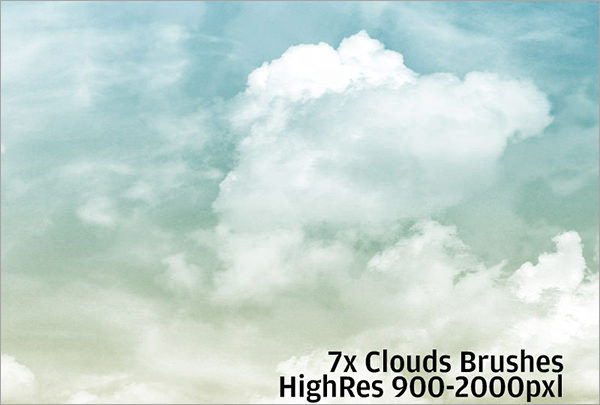


In the real world, if you were to paint with an actual brush, the brush would lay down a continuous coat of paint on the paper, but that's not how Photoshop works. To open the Brushes panel, either go up to the Window menu at the top of the screen and choose Brushes from the list, or press the F5 key on your keyboard (press it again to close the panel), or click on the Brushes panel toggle icon in the Options Bar (click it again to close the panel): We'll save our detailed look at the Brushes panel and all of its controls for another tutorial, but let's take a quick look at a few ways we can use it to alter the appearance of our brush strokes.
#Adobe photoshop brushes cs6 how to
We've seen how to select a basic, ready-made brush using the Brush Preset picker, but if want more control over how our brush behaves, we need Photoshop's main Brushes panel, which gives us full access to some truly amazing options. Fortunately, now that we've created a brush tip, we can change and control how the brush behaves as we paint with it using Photoshop's Brush Dynamics, found in the main Brushes panel, which we'll take a quick look at next! Step 7: Open The Brushes Panel It's a good start, but I think it's safe to say that at this stage, my new brush will be of limited use. If your Foreground color is set to something other than black, press the letter D on your keyboard to quickly reset both the Foreground and Background colors to their defaults: You can see the current Foreground and Background colors by looking at their color swatches near the bottom of the Tools palette (the Foreground color is the swatch in the top left). Photoshop paints using the current Foreground color, and as luck would have it, the default for the Foreground color is black, which means there's a very good chance yours is already set to black. The black areas will become the visible shape of the brush (known as the brush tip). Painting with an invisible brush may make an interesting statement artistically, but for more practical purposes (like this tutorial), you'll most likely want a brush you can actually see, which means we'll need to add some areas of black to the document. If we were to turn our new document into a brush as it is right now, the entire brush would be transparent since it contains nothing but white. Areas filled with black will be 100% visible, and if your brush includes various shades of gray, those areas will be partially visible depending on how close they are to black or white, with darker shades of gray being more visible than lighter shades. Areas filled with white become transparent, so you won't see them when you're painting with the brush. The reason is that all brushes in Photoshop are Grayscale, meaning that a brush can contain only black, white, or shades of gray in between. Step 4: Make Sure The Foreground Color Is Set To Blackīack when we created our new document in Step 1, we made sure to set the background color of our document to white. Select a small round brush from the Preset picker, then press Enter (Win) / Return (Mac) to close out of it. First, select the Brush Tool from the Tools palette, or press the letter B on your keyboard to quickly select it with the shortcut: Let's create our new brush using one of Photoshop's built-in brushes. The 200 x 200 pixel size I'm using here usually works well.
#Adobe photoshop brushes cs6 trial
The general idea, then, is to create your new brush just large enough to suit your needs, which may involve a little trial and error. Brushes will usually remain crisp and sharp when we make them smaller, but if you increase their size much beyond the default, they'll become soft and dull looking. The size at which you initially create the brush will become its default size, and it's important to note that brushes we create ourselves are pixel-based brushes, which means they're essentially images and behave exactly the same way as regular images when it comes to resizing them. For typical work, you'll want to create brushes much smaller. Also, painting with very large brushes requires a lot more memory and horse power from your computer which can slow your system down considerably. At that size, you'd be painting with the virtual equivalent of a floor mop. Photoshop allows us to create brushes as large as 2500 x 2500 pixels, but as they say, just because you can doesn't mean you should. A new 200 x 200 pixel document, filled with white, will appear on your screen. Create a new 200 x 200 pixel document with a white background.Ĭlick OK when you're done to accept the settings and exit out of the dialog box.


 0 kommentar(er)
0 kommentar(er)
